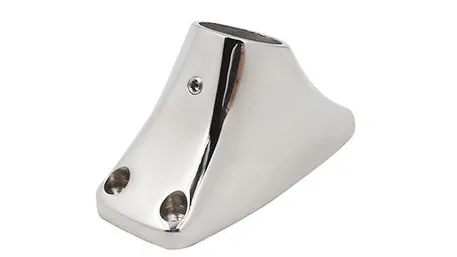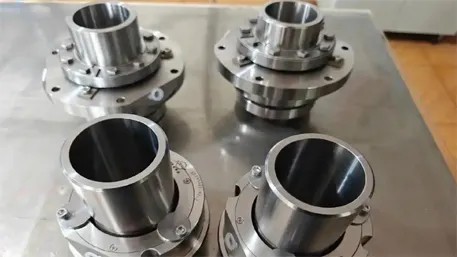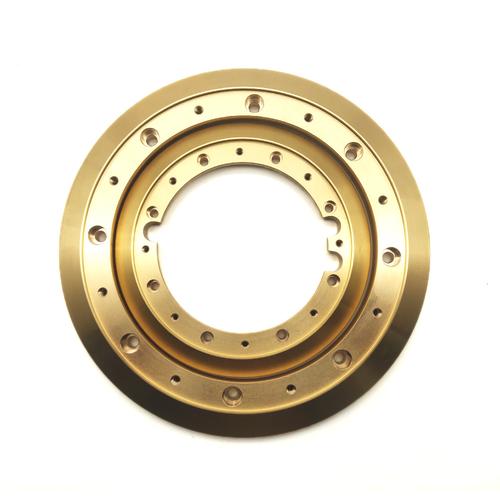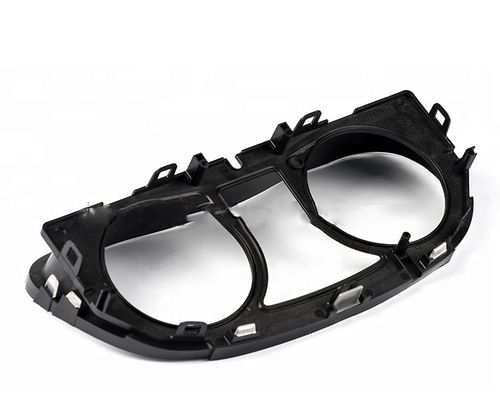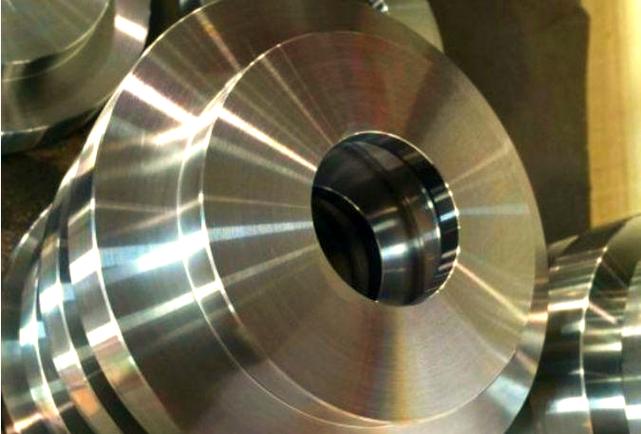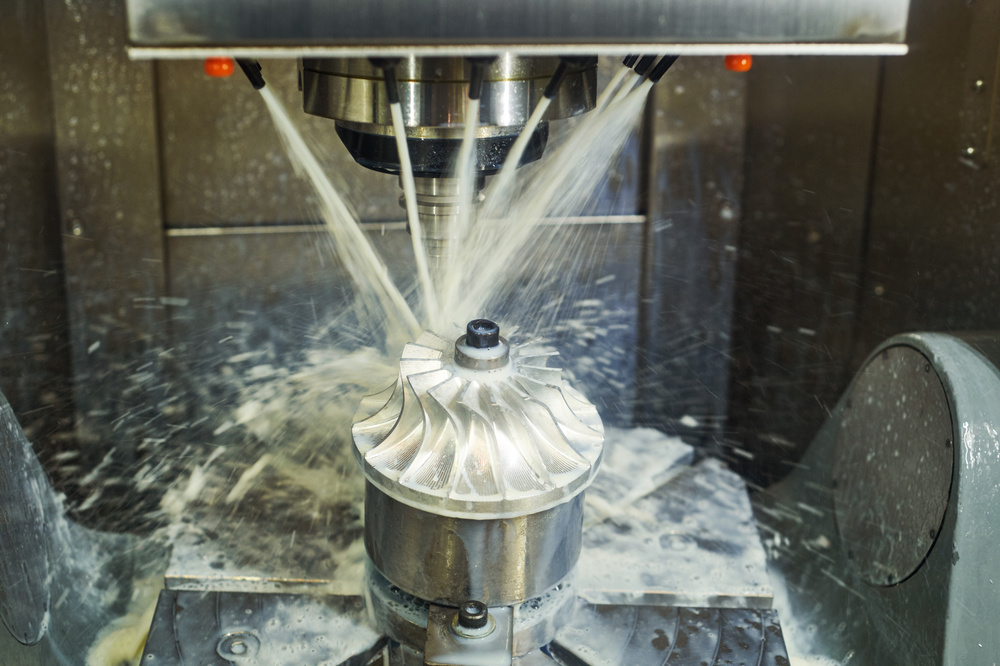1. Material Selection: The Foundation of Cost Variance
Injection mold pricing isn’t arbitrary—it starts at the atomic level. While aluminum molds dominate prototyping (think 5-10k cycles), hardened steels like H13 or DIN 1.2344 remain kings for high-volume production (500k+ cycles). But here’s the twist: hybrid tooling is rewriting rules.
Metal 3D-Printed Inserts: Laser-sintered maraging steel cores reduce cooling time by 35% vs. traditional tooling, slashing cycle costs for low-volume medical parts.
Ceramic-Coated Aluminum: A 2024 Fraunhofer study showed coatings like CrAlN extend aluminum mold life to 50k cycles—ideal for automotive interior trims.
Key Takeaway: Your material choice locks in 60% of total project costs before the first CAD file is drawn.
2. Geometry Complexity: Where Every Millimeter Costs
Modern product design demands undercuts, textures, and micro-features—all of which trigger exponential cost jumps.
FeatureCost MultiplierTechnical Tradeoff
Basic cavity (Class 101)1×±0.1mm tolerance
Slide mechanisms1.8–2.5×Increased wear points
Optical-grade polish3–4×0.005mm surface Ra
Conformal cooling channels1.5–2×15–25% cycle time drop
A recent BMW case study revealed: Redesigning a battery housing mold with topology-optimized ribs cut steel usage by 22% while maintaining ISO 2768-mk precision.
3. The Silent Budget Killers
A. Tolerance Stack-Ups
A “simple” 8-cavity mold for PET preforms requires<0.02mm inter-cavity variation. Achieving this demands:
Jig grinding vs. standard EDM (±0.05mm)
In-mold sensors for real-time pressure mapping (1.2k–1.2k–5k per cavity)
B. Post-Processing Traps
EDM Recast Layers: Improperly removed layers (common in budget shops) cause 70% of micro-cracking in POM/PP molds under thermal cycling.
Nitriding Depth:<20μm surface hardening saves 800–800–1.5k upfront but triples polishing costs over 100k cycles.
4. The New Cost Calculus: Industry 4.0’s Impact
Smart molds with embedded IoT are shifting cost structures:
Predictive Maintenance: Vibration sensors cut unplanned downtime by 40% (per 2025 McKinsey data).
Digital Twins: Simulation-driven adjustments reduce trial shots from 15–20 to<5 for complex LSR seals.
But there’s a catch: Initial tooling costs rise 8–12% for these features—a ROI that only materializes at 50k+ cycles.
The Future-Proofing Paradox
In 2025, the cheapest mold isn’t the one with the lowest price tag—it’s the tool engineered to evolve. Think modular inserts for design iterations, or AI-driven wear compensation systems. As polymer science outpaces traditional metallurgy, tomorrow’s cost leaders will be those who treat molds not as static tools, but as adaptive production partners. After all, in the age of mass customization, flexibility is the ultimate currency.


